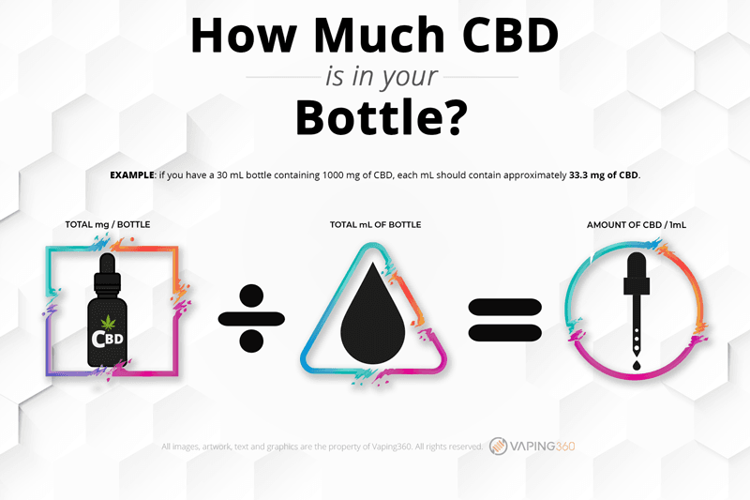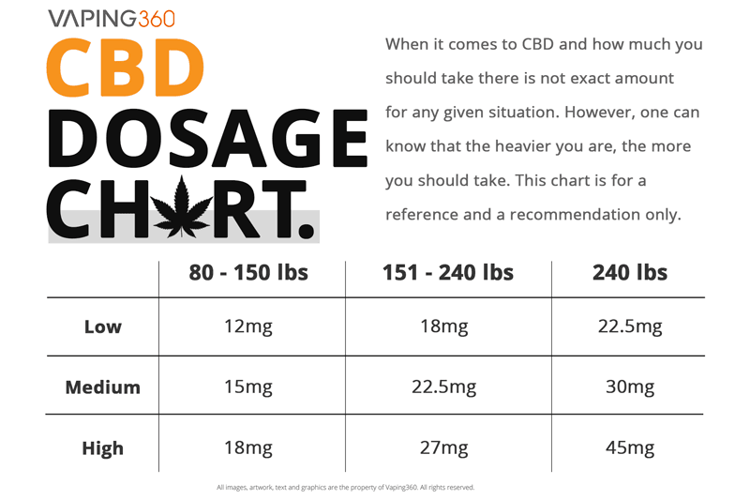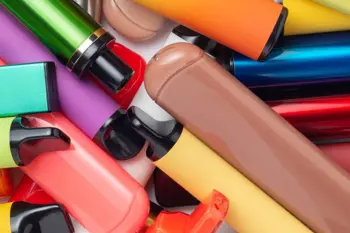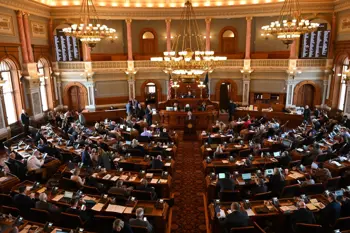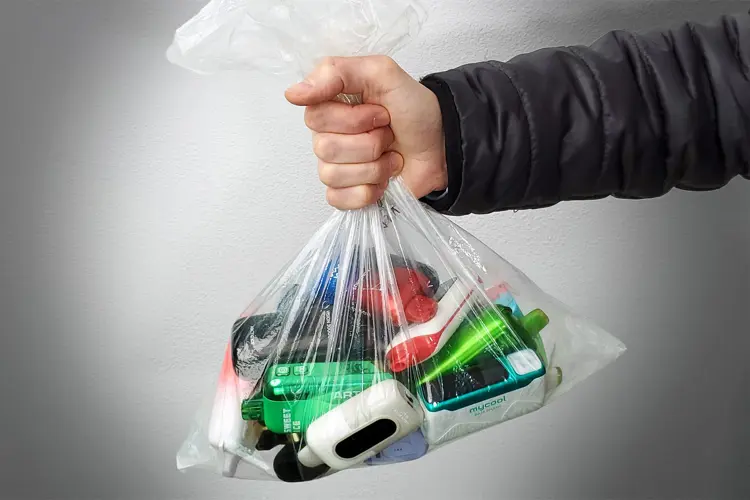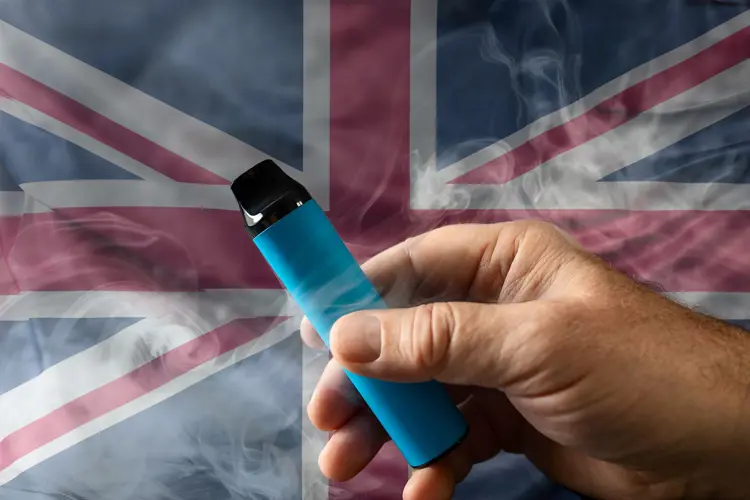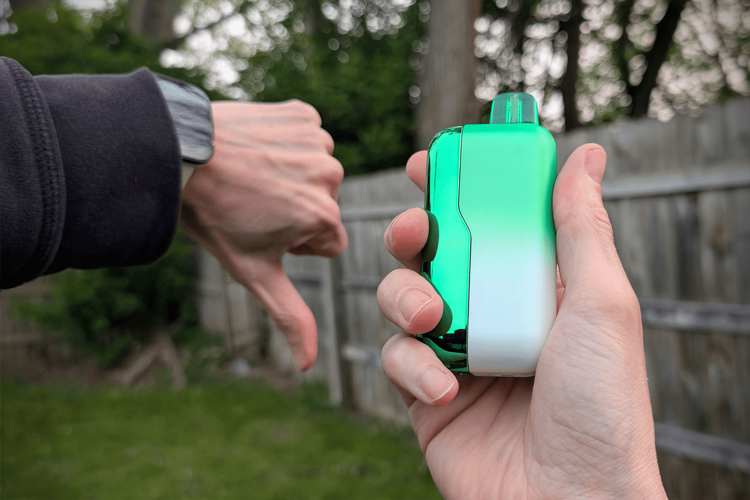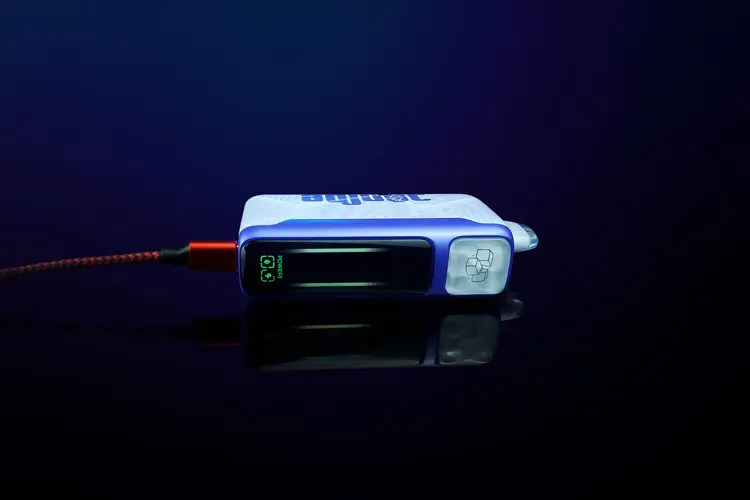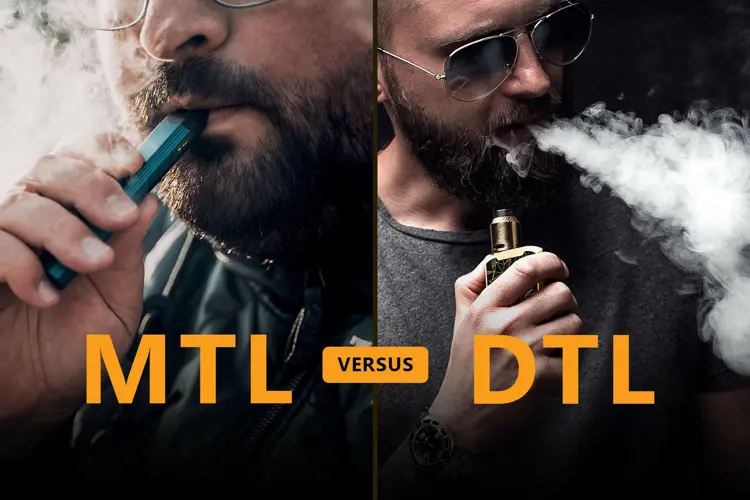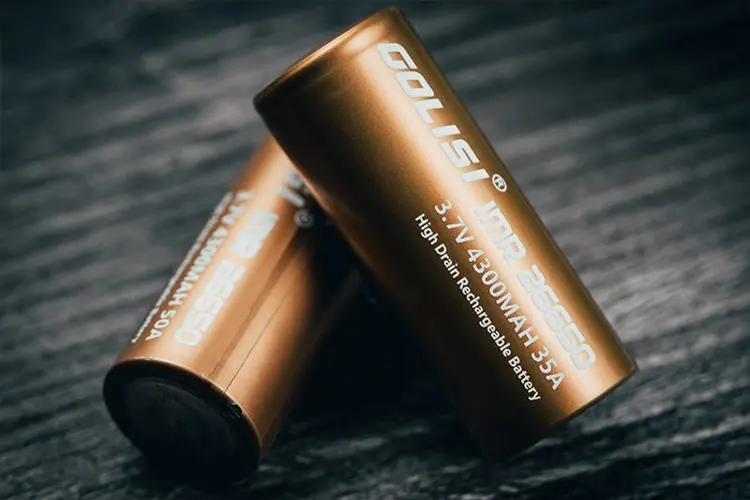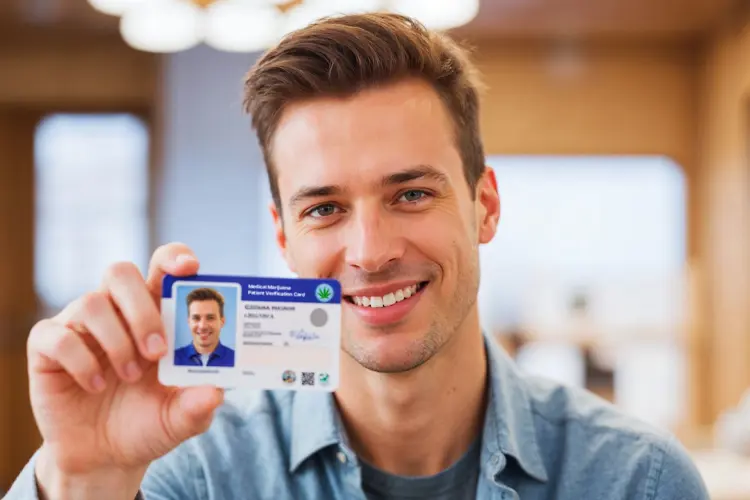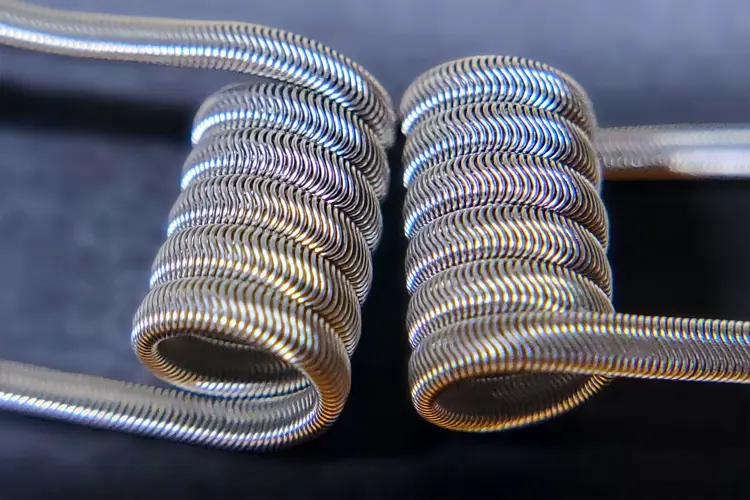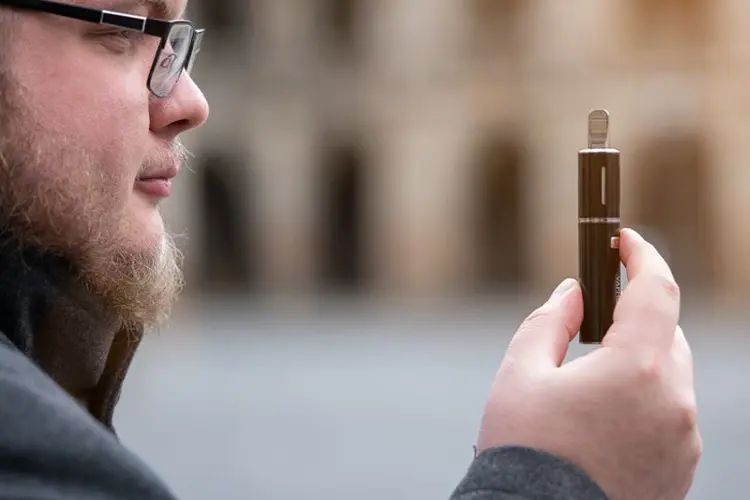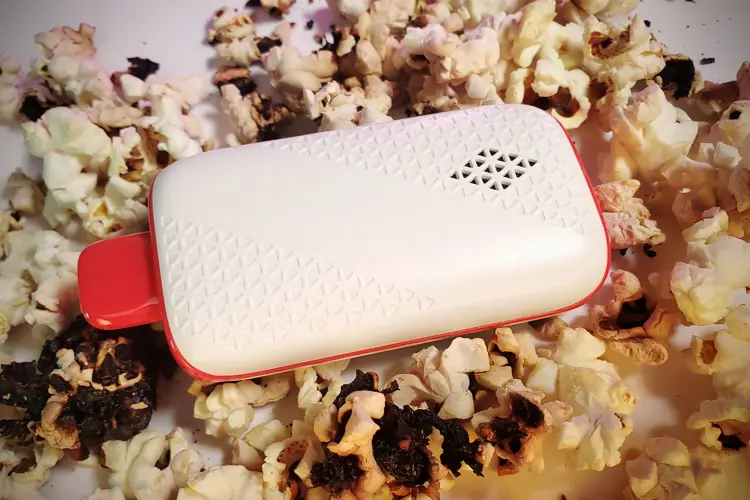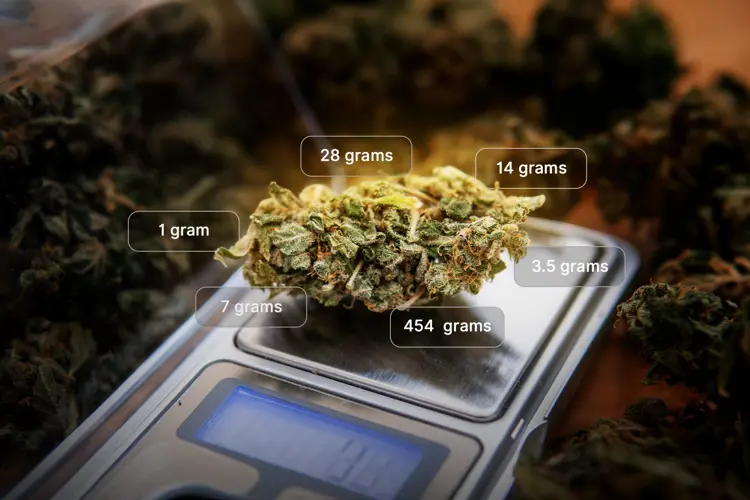Since there is no universal recommended dosage for CBD, finding the right one for you isn’t an easy task. There are a number of factors that go into determining your personal dosage to get the results you are seeking from CBD. Some of these major factors include:
- CBD strength
- Delivery method
- Body weight
- Body chemistry
- Severity of condition
In addition, cannabidiol acts on multiple molecular pathways in the body, so everyone’s experience will be different based on the factors listed above, according to experiments conducted at King’s College London. In this guide, we will show you how these variables play a role in determining how much CBD you should take.
How much CBD should I take?
There is no direct answer to that question, but delivery method of CBD plays an important role in determining dosage. Each delivery method has its own unique potential for your body to absorb the cannabinoids. This is a concept known as bioavailability, which we explain in greater detail below.
Before you can determine your CBD dosage, you will need to know exactly how much CBD you are getting in the first place, expressed in milligrams (mg) on the label. This can be confirmed by looking at lab test reports for the product to make sure they contain the exact amount of CBD as advertised.
You can always experiment with slightly higher or lower potencies until you find what works best.
The thing about CBD is that it’s not exactly cheap, and taking an excessive dose isn’t necessarily going to provide any additional benefits. On the flip side, if you’re not taking enough, you might not even notice the benefits, which can be just as much of a waste of money. Here are some of the most common ways of taking CBD, and how to determine your dosage for each one.
For CBD vape juice
Vaping happens to be one of the most effective delivery methods. CBD can be inhaled in quite a few different ways. The most popular ones are CBD vape juice and CBD oil cartridges.
First, confirm that you have a CBD product designed for vaping. CBD tinctures are not made for inhalation and are only for oral use. They often come in the same style bottles, with similar labels as vapeable CBD—so just check to be sure.
Next, you might be wondering; how much CBD is in each puff? While it is a common question, there is no single answer. It can depend greatly on your vaping style—whether you take bigger direct lung hits, or smaller mouth to lung puffs. It’s even more dependent on the total potency of CBD in the vape juice.
Fortunately, it is relatively simple to determine exactly how much CBD is in your device. We will stick to the most common methods, CBD e-liquid and cartridges, and then we will show you how to apply that to dosing with other methods of delivery including flower and concentrates.
The first thing you’ll need to know is the potency of your CBD vape juice. This should be listed on the bottle in mg. Next, you’ll need the size of the bottle in mL. Divide the total amount of mg by the amount of mL and now you have the strength in mg per each mL.
The last thing you’ll need to know is the liquid capacity of your vape. Most vape tanks typically hold anywhere from 0.5 mL to over 5 mL, depending on the size and style of the tank. Cartridges usually have total capacity and potency up listed up front, which is pretty convenient for easy dosing.
Example: If we have a 30 mL bottle of CBD vape juice containing 1000 mg CBD in total. We would divide 1000 by 30 and get approximately 33. That means each mL of that bottle contains about 33 mg. If we put that into a 1 mL cartridge or vape tank, that means we now have 33 mg of CBD in it. If your vape tank holds more than 1 mL, multiply it by the total capacity of your tank. For example, if we have a 2 mL capacity tank, now our total CBD content has doubled to 66 mg per tank, and so on.
Now each time you finish a tank, you’ll know exactly how much CBD you took in. This will give you a good starting point for figuring out your ideal dosage for vaping CBD.
If you’re using a vape mod and want to take it a step further, some devices have a feature that counts your puffs. Reset the puff counter before filling your tank with CBD, and see how many puffs it takes you to finish it. This might take some repetition to obtain an average, but then you can divide the CBD capacity of your tank by the amount of puffs you took. This will give you an idea as to how much CBD you get from each puff.
For CBD flower and concentrates
For vaping high CBD hemp strains or concentrates, dosing isn't as cut and dry, but it can still be worked out easily. Remember, 1 gram converts to 1000 mg. CBD concentrates are labeled by the total amount of CBD per gram or half gram, and often as a percentage. For example, if a gram (1000 mg) of CBD concentrate contains 50% CBD, which is 500 mg of CBD, then every 0.1 g dab is going to contain approximately 50 mg of CBD. This is where lab test reports are needed to confirm these numbers.
If you have CBD-rich flower containing 20% CBD, then each gram is going to contain about 200 mg of CBD. If you only vape 0.5 g of it, then you just vaped approximately 100 mg of CBD. Likewise, if you vape 2 grams, then you just vaped 200 mg CBD. (The same formula would also apply to smoking.) Most CBD pre-rolls contain 1 gram of bud.
For CBD oil and tinctures
CBD oils are oil-based tinctures that are taken sublingually, which means taken under the tongue. They are not the same formula used for vaping—we can’t stress this enough. However, finding your dosage is actually a very similar process. The graphic above can also be applied to CBD oil dosages.
First, you’ll need to divide the total amount of CBD per bottle by the size of the bottle in mL. This will give you the amount of CBD per mL, which is an important number to know.
Most CBD bottles come with a dropper that is designed to pull exactly 1 mL of liquid when you squeeze the rubber bulb. Some bottles will actually have the measurements in mL on the dropper itself for added precision.
Once you know how much CBD is in each mL, you’ll know how much to take. A 1 mL dropper holds approximately 20 drops of liquid.
If you really want to get technical, you can divide the mg/mL by 20 to get the amount of CBD in each drop, but it’s not necessary to count each drop.
Tip: Hold the CBD oil tincture under your tongue for at least 15-30 seconds before swallowing so that it gets absorbed into the blood vessels. Otherwise it will have to pass through your digestive tract.
For CBD gummies, edibles, and capsules
CBD edibles and CBD capsules are similar in their effectiveness in that they both must pass through the digestive tract. For this reason, your ideal CBD gummies dosage is going to be identical to your ideal dosage for any kind of CBD edible. One of the most significant advantages of these delivery methods is that they utilize predetermined doses.
If you are wondering how many CBD gummies you should eat, you first need to find out how much CBD is in each gummy. Luckily, most packages state the exact amount of CBD per gummy. If by some chance your package only states the total amount of CBD, then you can just divide that by the number of gummies (or capsules) per bottle. This will tell you exactly how much CBD is in each one, which is essential for figuring out how many and how often you should be taking them, based on your individual needs.
For CBD topicals/patches
CBD can provide a unique range of benefits when applied topically. This is done using CBD creams, lotions and transdermal patches.
Patches are going to be the most convenient in terms of dosing. They are labeled by their total CBD content, and generally state how long they remain active for, which could be up to 12 hours. By the end of that time, you should have gradually received the full amount of CBD from the patch transferred to your bloodstream.
Creams and lotions, on the other hand, are not as precise. The reason is because there is really no system of measuring how much you are using at any given time. If you want to get crazy, you could weigh the container and subtract the difference in weight after usage. I doubt most people are going to do that, especially when you’re more concerned about getting rid of your pain.
A more practical (but less accurate) method is to just eyeball it. Start with the smallest amount possible, and gradually increase until you find relief. Make note of the particular strength and brand that worked for you, then stick with it!
For best results, we recommend using CBD creams in conjunction with another method of delivery, ideally vapes and tinctures.
What is bioavailability?
Each CBD delivery method possesses a specific level of bioavailability. This refers to how much CBD content can actually get absorbed into your bloodstream. Vaping has by far the highest bioavailability, a fact recognized by drug companies. It can provide similar results to capsules, edibles and tinctures, while requiring you to use less product. This makes it one of the most efficient delivery systems for cannabidiol.
Tinctures are slightly less effective than vapes but more effective than edibles and capsules. Topicals fall between tinctures and vape oil in terms of effectiveness. Lastly, capsules and edibles tend to have the lowest bioavailability than other systems of delivery, making them the least effective options.
- CBD capsules and edibles: 5-15%
- CBD tinctures: 20-30%
- CBD topicals/patches: 35-40%
- CBD flower/vapes: 40-50%
So, if you vape 10 mg of CBD, your body can only absorb 4-5 mg of it. Keep this in mind when calculating your dosage. This applies to vaporizing CBD flower in a vaporizer.
If you happen to change your method of delivery, you’ll need to adjust your dosage according to its bioavailability. That means you can have a tincture with the same amount of CBD as in a vape, and your body might only absorb half that dose of CBD when taken sublingually in tincture form. You may need to compensate for this to get the proper dose.
Does the type of CBD affect dosage?
Another important factor to consider is the type of CBD you are taking. The main types are full spectrum, broad spectrum and isolate. Since full and broad-spectrum CBD is said to provide the entourage effect, as a result of the interaction between various cannabinoids, you might find that they are more effective for you.
In some cases, the same dose of CBD administered in the same fashion can potentially be more effective if it is full spectrum. Broad-spectrum CBD provides this effect without the THC, making it a good alternative to full-spectrum CBD if you are concerned about the THC. For the record, most full-spectrum CBD products don’t contain more than 0.3% THC. Last but not least, make sure you are getting your CBD from a reputable brand that does lab testing and makes the results available to you.
CBD dosage chart and tips
This chart will give you a general idea of to how much CBD you should take based on your body weight. Start low, and gradually work your way up until you find a satisfactory dosage for you.
Keep in mind, your dosage is subject to change based on the condition you are trying to treat. Also, these dosages are for taking CBD orally, so if you’re vaping it, you might not need as much due to the higher bioavailability of vaped CBD. Here are a few recommended doses:
- Increase appetite in cancer patients – 2.5 mg CBD (best when combined at a 1:1 ratio with THC, if it’s available where you live)
- Chronic pain – 2.5-20 mg CBD
- Epilepsy – 200-300 mg CBD
- Sleep disorders – 40-160 mg CBD
- Social anxiety – 40-300 mg
Source: isum
Use this guide as a reference, but keep in mind that finding your dosage typically may also require some trial and error. You may also want to consult your doctor if you are using CBD for medicinal benefits, especially if you’re taking medication.
Conclusion
You should now be able to figure out the right dosage for a variety of CBD products. The process starts with knowing exactly how much CBD is in them, and how much you are absorbing. The next step takes some experimenting, as you need to figure out what works best with your body chemistry, based on what results you are looking for from the products you choose.
As you have seen, there is a lot that goes into determining how much CBD to take. The best practice is to always start as low as possible, then gradually work your way up. Once you have found the lowest possible dosage that works for you, there’s no need to overdo it. But if you feel like you’re not getting enough, you can always increase in 1-5 mg increments until you discover what works best.
President Trump promised during his election campaign to “save vaping," but his administration has undermined that goal at every turn.
The U.S. disposable vape market has grown to $2 billion in annual sales, although nearly none of the products are authorized by the FDA.
More than 30 bills that would impose severe restrictions vaping consumers’ product choices remain active in U.S. state legislatures.
The Freemax REXA PRO and REXA SMART are highly advanced pod vapes, offering seemingly endless features, beautiful touchscreens, and new DUOMAX pods.
The OXVA XLIM Pro 2 DNA is powered by a custom-made Evolv DNA chipset, offering a Replay function and dry hit protection. Read our review to find out more.
The SKE Bar is a 2 mL replaceable pod vape with a 500 mAh battery, a 1.2-ohm mesh coil, and 35 flavors to choose from in 2% nicotine.

